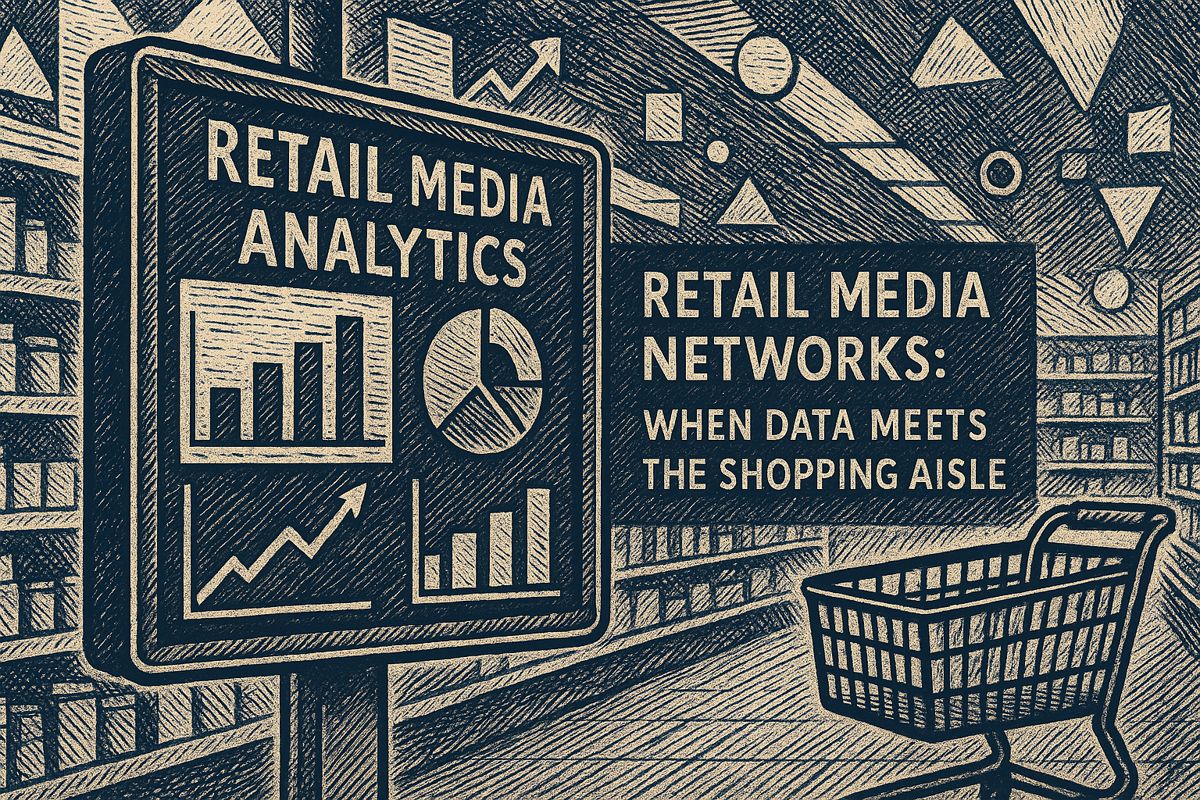Five smart AI tools help small teams work like big companies. TestSprite fixes code fast, Infogrammy makes beautiful charts in minutes, Tavus creates lifelike avatars for customer help, Rytr writes catchy short content, and PrompTessor improves AI prompts for cheaper results. These tools save time, cut costs, and let small teams do big things easily.
What are the best AI tools for small teams to boost productivity and compete with large enterprises?
Five top AI tools – TestSprite, Infogrammy, Tavus, Rytr, and PrompTessor – help small teams automate coding, data visualization, customer interaction, content creation, and prompt optimization. These tools deliver enterprise-level efficiency, fast ROI, and seamless integration without complex contracts.
Five AI tools are quietly redefining how small teams and solo creators hit deadlines that used to require entire departments. Below is a field-focused look at each one, paired with a real-world use case and performance notes that matter when budgets are tight and time is even tighter.
1. TestSprite – from messy code to working product, overnight
Early-stage founders often ship a GitHub repo that is 70 % scaffolding and 30 % hallucination. TestSprite ingests that repo, writes missing unit tests, inserts error handling, and returns a containerised micro-service that passes CI on the first run.
Example: A two-person health-tech startup fed TestSprite 400 lines of Python that parsed MRI metadata. Eight hours later the pipeline was 92 % test-covered and deployed to AWS Lambda under a 256 MB memory cap, cutting their cloud bill by 38 %.
2. Infogrammy – one-click data storytelling
Market-research freelancers typically bill eight hours to turn survey results into client-ready infographics. Infogrammy auto-selects chart types, colour palettes and annotation density based on the data shape and brand guidelines.
Example: A boutique agency dropped a 1 200-row CSV of Gen-Z shopping preferences into Infogrammy and exported a 12-slide deck in four minutes. The client renewed the contract at a 25 % higher retainer citing “visual clarity we haven’t seen from larger firms.”
3. Tavus – virtual humans who can see, hear and act
Tavus generates photoreal avatars that run inside web or mobile apps and react to live camera and microphone feeds. Instead of canned FAQ bots, users talk to an AI human that can escalate, screen-share or fill forms.
Example: An indie SaaS added a Tavus concierge to its pricing page. Average demo-booking rate jumped from 4 % to 11 % in three weeks while support ticket volume fell 28 % because the avatar solved common setup issues on the spot.
4. Rytr – short-form content without the blank page
Creators on tight publishing calendars lean on Rytr for email subject lines, LinkedIn hooks, ad copy and tweet storms. The engine now supports brand-voice training on as little as 500 words of sample text.
Example: A solo creator prepping a Product Hunt launch fed Rytr 23 bullet points of feature notes. The tool generated 12 headline variants, 5 outreach emails and 30 social captions. The campaign hit #3 of the day with 1 700 upvotes, doubling the product’s wait-list.
5. PrompTessor – the prompt librarian
As prompt libraries balloon, teams waste time A/B testing half-baked instructions. PrompTessor scores prompts on clarity, token efficiency and model-specific quirks, then suggests rewrites.
Example: A growth team using GPT-4o for landing-page copy cut average prompt length by 41 % and cost per 1 000 generations from $0.46 to $0.27 after PrompTessor flagged redundant adjectives and surfaced shorter token-saving synonyms.
Rapid-fire extras worth bookmarking
- Bifrost is currently the fastest LLM gateway on public benchmarks, shaving 120-200 ms off cold-start latency.
- IMGPT produces ad creatives that A/B test as 34 % more “organic-looking” than Midjourney statics, per a Q2 2025 Meta internal memo.
- SiteAssist trains chatbots exclusively on your own docs, avoiding the generic tone that kills SaaS conversions.
- The Ultimate ChatGPT Prompt Collection remains free and ships 200+ plug-and-play prompts updated weekly for 2025 model changes.
| Tool | Core Gain | Typical ROI payback | Best for |
|---|---|---|---|
| TestSprite | Working code in hours | 1 sprint | Founders who code |
| Infogrammy | Publish-ready visuals | 1 client deck | Data-heavy freelancers |
| Tavus | Self-serve demos | 3 weeks | SaaS with freemium tiers |
| Rytr | Daily content pipeline | 1 campaign | Solo marketers & creators |
| PrompTessor | Cheaper, faster prompts | 1 billing cycle | Any team scaling GPT usage |
These five tools are not shiny side projects; they are niche specialists that plug into existing stacks without enterprise contracts or migration headaches.
What makes these five AI tools different from the mega-platforms like ChatGPT or Claude?
Instead of trying to be everything to everyone, the five tools featured double-down on a single pain point and solve it better than a general-purpose model can.
– TestSprite doesn’t just “help with code”; it converts raw prototypes into production-ready software and runs automated QA in parallel.
– Infogrammy skips the “generate anything” route and turns CSV exports into publication-ready infographics in under 60 seconds.
– Tavus creates interactive AI humans that can see, hear, and act inside web or mobile apps – something the big LLMs still treat as a research demo.
In short, each tool gives a small team the exact capability that used to require an entire enterprise department.
Which tool should I adopt first if our team has fewer than ten people?
Rytr earns the “first-mover” slot because the ROI appears immediately. Short-form copy – ads, social captions, email subject lines – is the highest-volume, lowest-budget task most small teams juggle daily. Rytr’s templates are pre-tuned for conversion, and its tone-of-voice memory keeps every output on-brand without extra prompting. Teams report saving 6–8 hours per week once Rytr is wired into their browser via the Chrome extension.
How reliable are these tools when traffic or usage spikes?
All five tools expose dedicated endpoints or managed infrastructure, so scaling is their problem, not yours. TestSprite, for example, spins up parallel containerized test runners on demand; Tavus streams its AI humans from edge GPUs that automatically shift load across regions. The providers also adopt dynamic rate-limiting best practices, so even if you go viral overnight, the service stays responsive (learn more about how dynamic timeouts protect high-traffic APIs).
Do I need prompting expertise to see results?
Only PrompTessor exists to make you better at prompting, so the other four tools hide the prompt layer entirely. Infogrammy’s interface looks like Canva: drag a spreadsheet in, pick a theme, export. Prompt optimization still matters for power users – but if you’re a marketer who just wants tomorrow’s carousel ready today, you can ignore prompts completely.
Are there hidden costs once I leave the sandbox tier?
Each tool follows a value-based pricing model, so the meter only runs when you extract real utility.
– TestSprite charges per validated build minute, not per seat.
– Rytr bills by generated character, letting a three-person startup stay on the free tier indefinitely until campaigns scale.
– Tavus offers pay-per-interaction pricing: if your AI human does 100 customer chats, you pay for 100 chats – no flat enterprise license.
Before you commit, export your usage forecast from the dashboard; all vendors provide CSV previews so there are no invoice surprises.



















